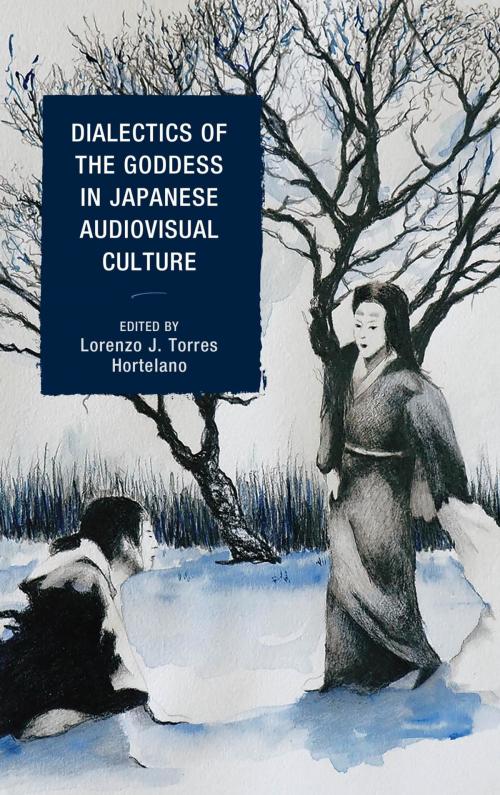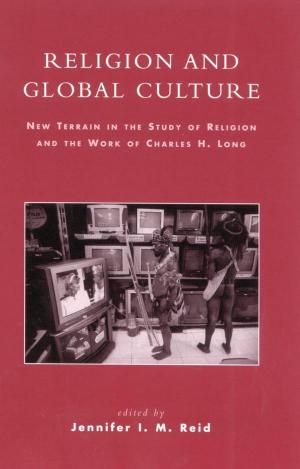Dialectics of the Goddess in Japanese Audiovisual Culture
Nonfiction, Social & Cultural Studies, Social Science, Folklore & Mythology, Cultural Studies, Popular Culture| Author: | Linda C. Ehrlich, Irene González-López, Dolores P. Martinez, José Montaño, Laura Montero, Víctor Navarro-Remesal, Sybil A. Thornton, Lorenzo J. Torres Hortelano | ISBN: | 9781498570152 |
| Publisher: | Lexington Books | Publication: | December 1, 2017 |
| Imprint: | Lexington Books | Language: | English |
| Author: | Linda C. Ehrlich, Irene González-López, Dolores P. Martinez, José Montaño, Laura Montero, Víctor Navarro-Remesal, Sybil A. Thornton, Lorenzo J. Torres Hortelano |
| ISBN: | 9781498570152 |
| Publisher: | Lexington Books |
| Publication: | December 1, 2017 |
| Imprint: | Lexington Books |
| Language: | English |
Through provocative essays by specialists in different aspects of Japanese culture, this book provides an historical and analytical survey of the presence of Goddesses in Japanese audiovisual culture from its origins to the present day. It shows how these feminine myths are represented in Japan; not only as beneficial or creative deities, but also the archetypal strong or dominant woman that sometimes overshadows masculine figures and heroes, or as influential figures. Therefore, it analyzes this rich dialectic of the feminine and how the audiovisual culture has represented it thus far in film, TV series, and video games made in Japan. While many theories have been proposed to explain the presence of Goddesses in Japan, this book’s focus on audiovisual culture explores how this corpus challenges the traditional conceptions of the feminine as related to Goddesses.
Through provocative essays by specialists in different aspects of Japanese culture, this book provides an historical and analytical survey of the presence of Goddesses in Japanese audiovisual culture from its origins to the present day. It shows how these feminine myths are represented in Japan; not only as beneficial or creative deities, but also the archetypal strong or dominant woman that sometimes overshadows masculine figures and heroes, or as influential figures. Therefore, it analyzes this rich dialectic of the feminine and how the audiovisual culture has represented it thus far in film, TV series, and video games made in Japan. While many theories have been proposed to explain the presence of Goddesses in Japan, this book’s focus on audiovisual culture explores how this corpus challenges the traditional conceptions of the feminine as related to Goddesses.















